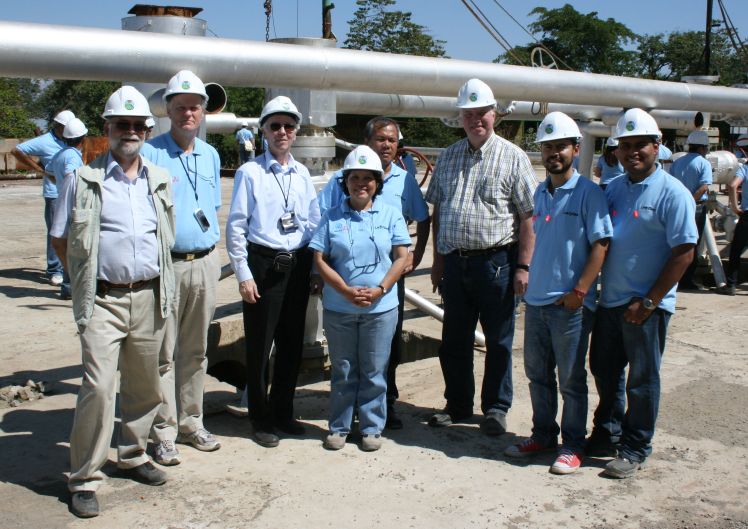Organic Rankine Cycle Power Plants
The ORC cycle is used to produce electricity from medium enthalpy geothermal resources as well as from waste heat. The cycle has to optimized for every resource in order to minimize waste of in the plant. Special attention has to be on the presence of Non-Condensable Gas (NCG) in the source fluid.



